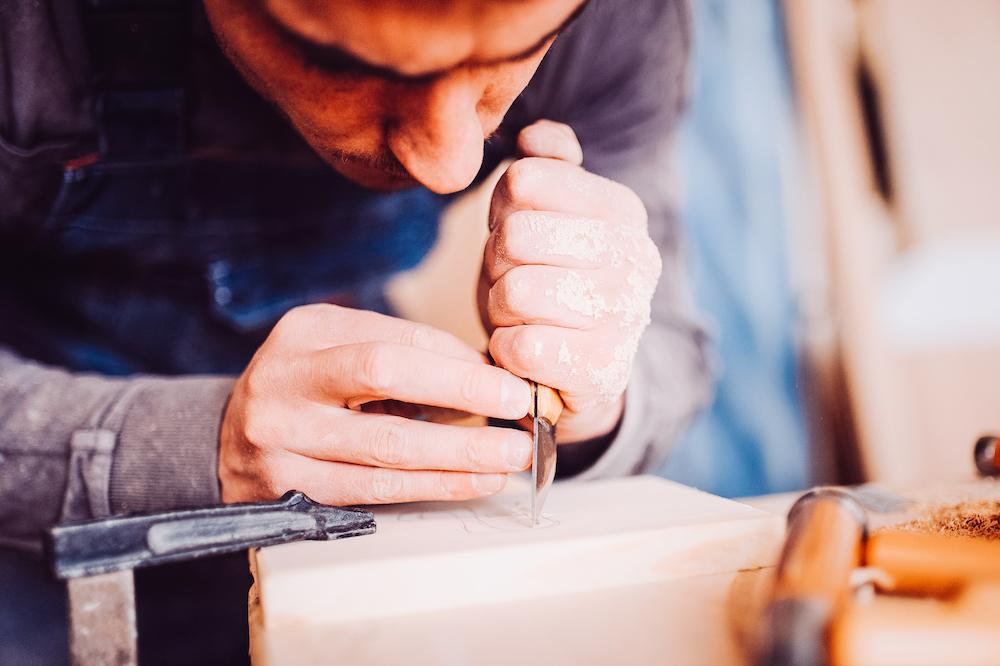A sadly common refrain about young people today is that they are coddled, entitled, self-absorbed, and tech-addicted.
But as events this year have shown us, teenagers and young adults are fiercely engaged, strong, resilient, and determined to make a mark in the world.






